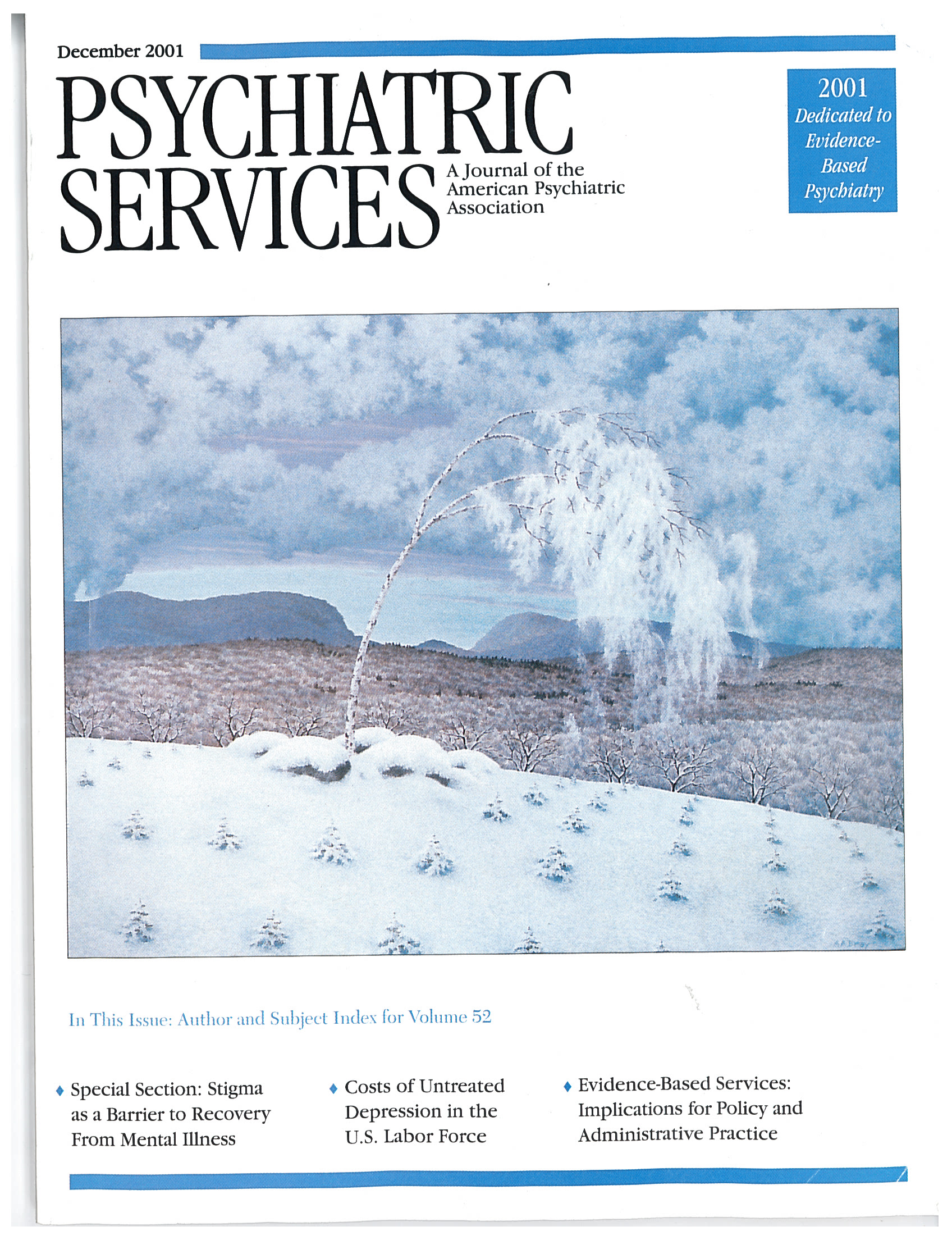Learning Disabilities: Implications for Psychiatric Treatment
This book provides a valuable depiction of the complexity and comorbidity associated with learning disabilities, which can affect educational, social, and occupational performance.
Learning disabilities, although traditionally the purview of child clinicians, have relevance for clinicians who serve adults and for physicians who are interested in neuropsychiatry. The Americans With Disabilities Act has heightened our culture's awareness of the need for accommodation, and since the law was enacted more and more situations have arisen in which persons with disabilities request accommodation. How to conceptualize learning disabilities and to appropriately manage their accommodation may interest clinicians who serve collegiate populations as well as forensic psychiatrists.
Learning Disabilities takes the reader through epidemiological and longitudinal research findings, neuroimaging findings that anchor disabilities in discrete brain areas, and overall psychiatric comorbidity. Specific disorders that co-occur with attention-deficit hyperactivity disorder (ADHD) are addressed in several of the book's five chapters. The text offers only scant discussion of right hemisphere, or nonverbal, learning disorders.
The chapter on comorbid psychiatric disorders among children with learning disabilities is somewhat weak in that it makes many impressionistic or intuitive statements without critically analyzing the data to support those statements. The results of longitudinal studies, although sometimes contradictory, do suggest excessive psychiatric comorbidity among persons with learning disabilities. There is no clear link between early learning disabilities and later development of conduct disorders or ADHD.
The chapter detailing cognitive and neurobiological studies of dyslexia does a good job of explaining the various components of the processes by which we derive meaning from printed language. Good evidence suggests that deficits in phonological awareness—a strongly heritable trait—are the core deficit in dyslexia. Affected persons cannot master the task of mapping alphabetic cues onto sounds. With training, children can consciously perform such mapping, but the process never becomes truly automatic, and hence these persons will always read more slowly than do persons who are not affected. Once the diagnosis of dyslexia has been confirmed, there is no need for retesting after high school. A valid diagnosis mandates accommodation—that is, giving students more time to perform tasks.
Dyslexia affects children of all intelligence levels. The book devotes many pages to the debate about screening methods—the simple-difference method versus the predicted-achievement method. Although discussion of the debate will no doubt seem highly relevant to specialists, generalists will be more interested in how to manage children and adults who have learning disabilities. Much of the methodological material would have been better placed in an appendix.
I found Tannock's chapter on language, reading, and motor control problems in ADHD the most fascinating in the book. Clinicians in Scandinavian countries note a syndrome of deficits in attention, motor control, and perception—DAMP. In ADHD, expressive language is particularly impaired. Recent studies indicate that problems in naming speed are found in autism and spina bifida as well, which suggests involvement of the cerebellum in cognitive processing. Neuropsychiatrists will be most interested in this chapter.
Parsimonious diagnosis and our incomplete understanding of the comorbidity that results from dysfunctional neuronal systems have produced an underdeveloped view of the range of impairments associated with learning disabilities. This book provides useful information for enhancing our appreciation of the multiple domains affected by learning disabilities and, to a lesser extent, for managing them.
Dr. Haskins is associate professor of clinical psychiatry at the University of Virginia and attending psychiatrist at Western State Hospital in Staunton, Virginia.



